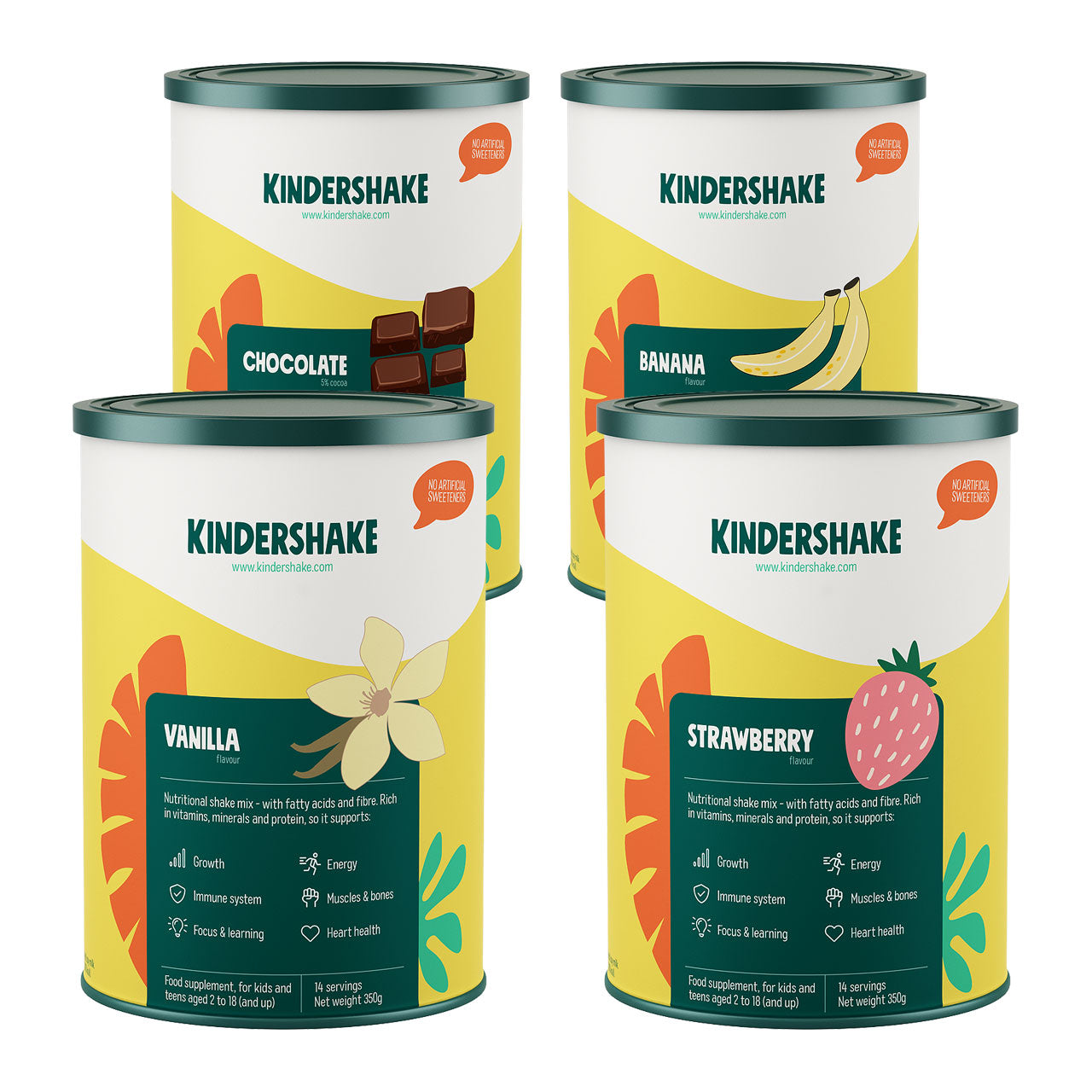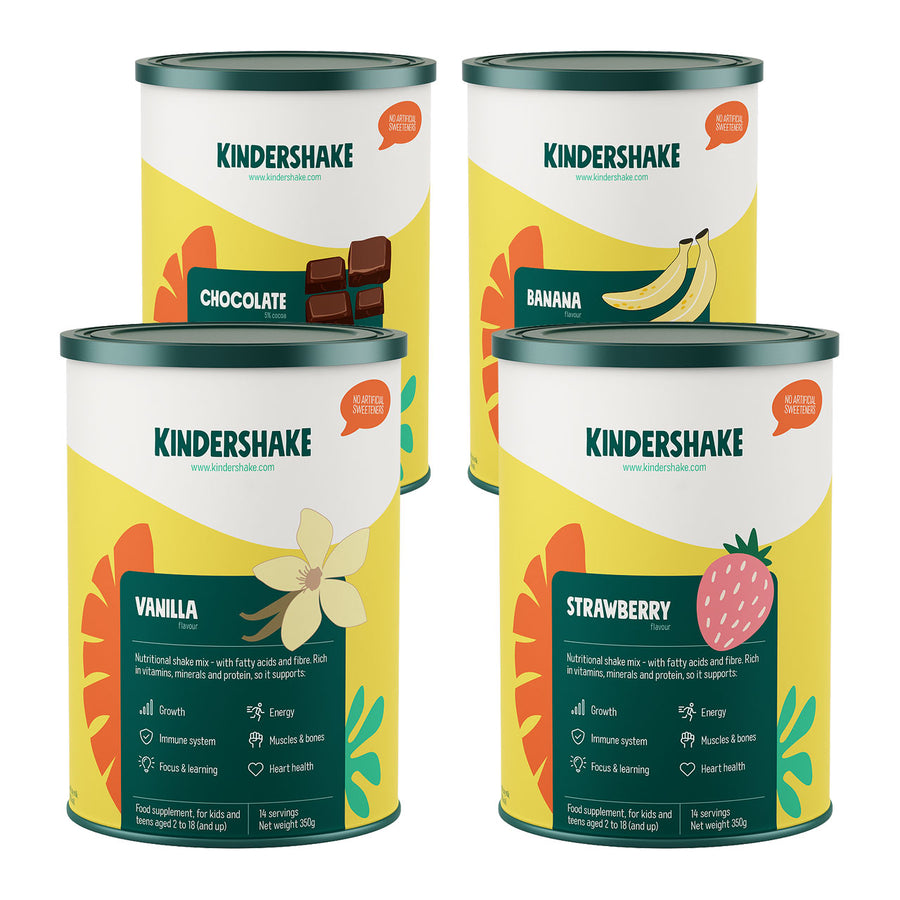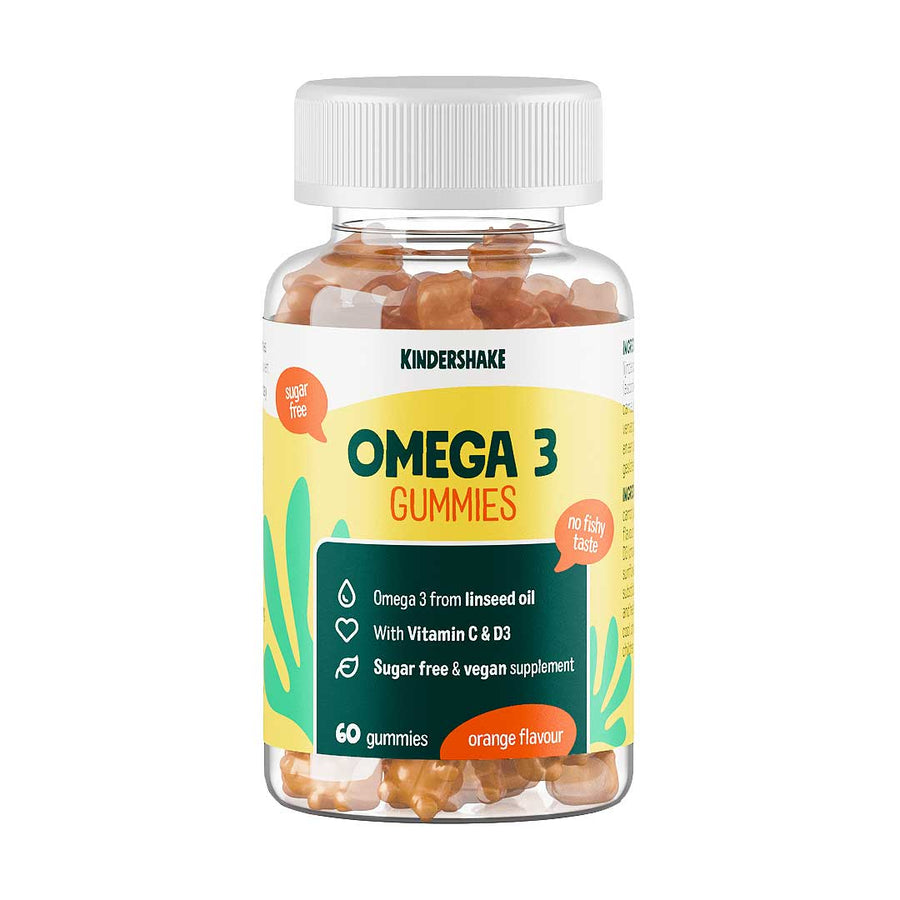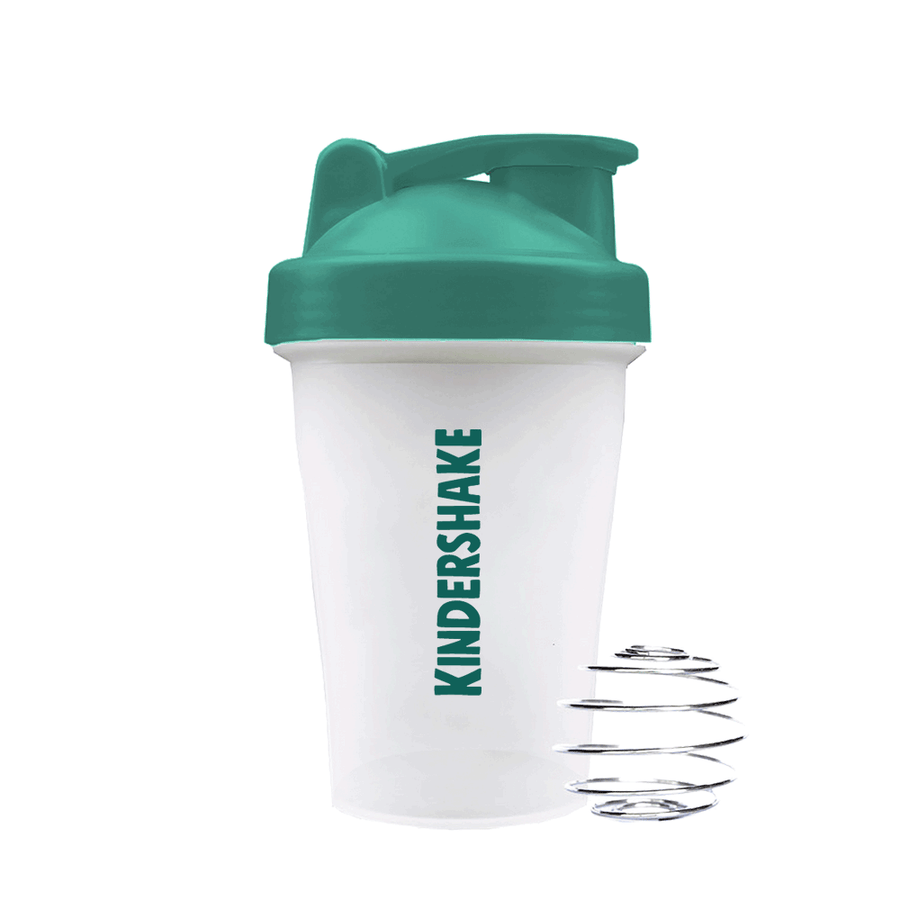10 Nutrition Tip For Children With ADHD
Children with ADHD may benefit from a healthy, balanced diet rich in nutrients that support brain function and concentration. Here are 10 nutritional tips for children with ADHD:
- Get enough protein: Protein is necessary for the production of neurotransmitters that influence mood and concentration. Give your child protein-rich foods like eggs, fish, poultry, nuts, and seeds.
Did you know that one Kindershake contains as much protein as four eggs?
- Limit sugar: Sugary foods can worsen ADHD symptoms and lead to blood sugar fluctuations. Limit sugary foods like soda, candy, cookies, and pastries. Does your child enjoy unhealthy treats and find it difficult to try new, healthy things? Read our tips here to help!
View all Kindershake products here!
- Eat complex carbohydrates: Complex carbohydrates, such as whole grains, vegetables and fruits, provide energy in a stable way and prevent fluctuations in blood sugar levels.
- Give your child plenty of omega-3 fatty acids: Omega-3 fatty acids are important for brain function and can reduce symptoms of ADHD. Give your child foods like oily fish, nuts, and seeds, or consider an omega-3 supplement.
- Avoid artificial colors and preservatives: Artificial colors and preservatives can worsen symptoms in some children with ADHD. Therefore, always read the ingredients list on packaged foods and avoid these ingredients.
Order Kindershake here!
- Get enough vitamins and minerals: Vitamins and minerals are important for healthy brain function. Make sure your child gets plenty of foods rich in vitamins and minerals, such as vegetables, fruits, and whole grains.
Kindershake is packed with vitamins and minerals. One shake contains more vitamin C than an orange and more iron than 400 grams of spinach!
- Give your child plenty of water: Hydration is important for brain function and can reduce ADHD symptoms. Make sure your child drinks plenty of water throughout the day.
- Try magnesium-rich foods: Magnesium is a mineral that can support brain function and help reduce ADHD symptoms. Foods rich in magnesium include green leafy vegetables, nuts, seeds, and beans.
- Feed your child small, frequent meals: Eating small, regular meals throughout the day can help keep blood sugar levels stable and reduce ADHD symptoms.
Order Kindershake here!
- Consider professional guidance: If you are unsure about the nutritional needs of your child with ADHD, consider professional guidance from a dietitian or nutritionist who has experience working with children with ADHD.
We'd love to hear your findings after applying the tips above! Let us know how they worked for you and your child.










